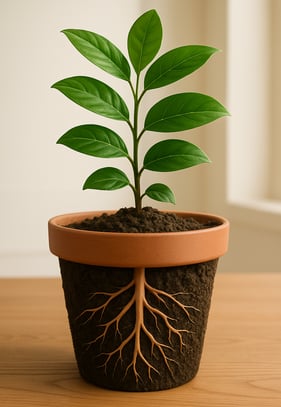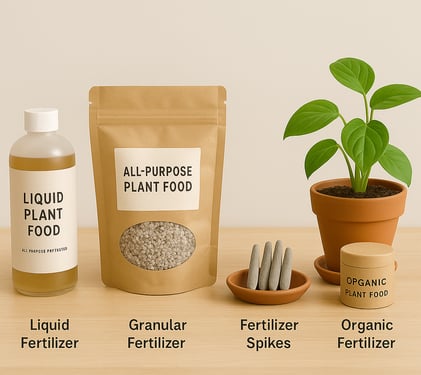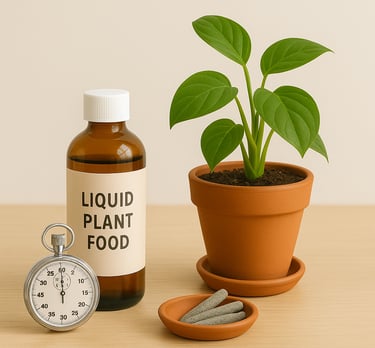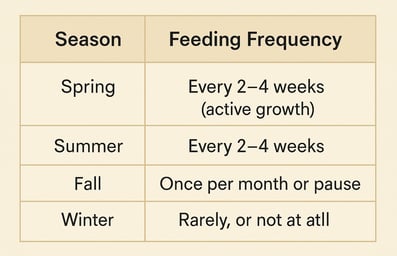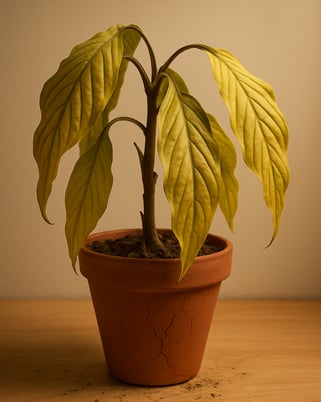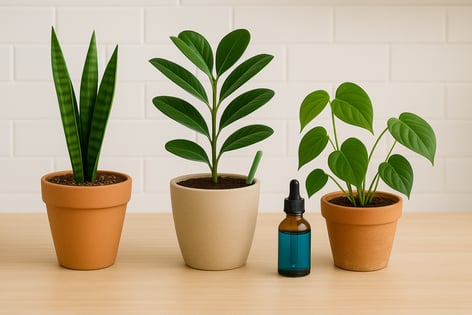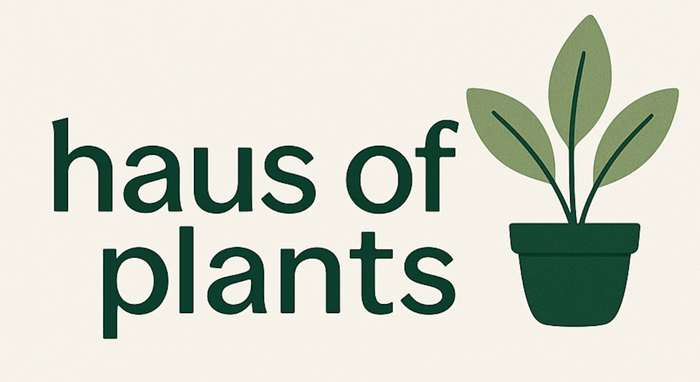Feeding Your Houseplants: A Simple Guide to Fertilizers and Plant Food
Feeding your houseplants is essential for vibrant growth and long-term health. In this beginner-friendly guide, we explain the importance of fertilizers, break down the N-P-K ratio, and compare liquid, granular, spike, and organic plant food options. Learn when and how to fertilize your plants, spot signs of nutrient deficiencies, and discover why repotting is the perfect time to feed. Give your indoor plants the nourishment they need to thrive!
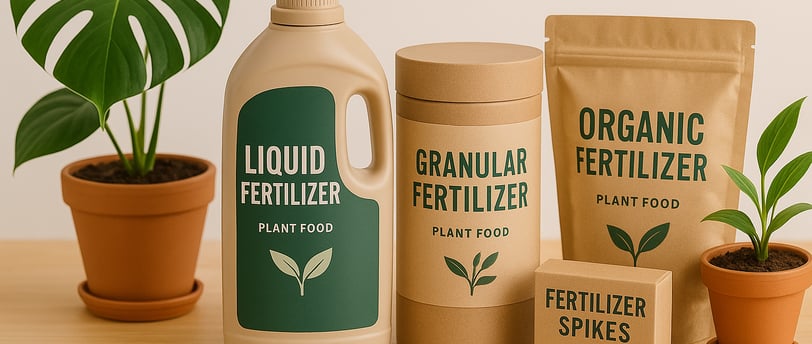

Keeping houseplants healthy goes beyond sunlight and watering. Just like us, plants need nutrients to grow strong, vibrant, and resilient. That’s where fertilizers and plant food come in. In this beginner-friendly guide, we'll break down everything you need to know about feeding your houseplants the right way—without overdoing it.
Before diving into fertilizers, make sure your plant is rooted in the right foundation—healthy, well-draining soil is key to nutrient absorption. Not sure what soil mix to use? Check out our complete guide to potting soil and repotting here.
Why Houseplants Need Fertilizer
Indoor plants grow in limited soil, which loses nutrients over time. Unlike outdoor plants, they can’t access natural sources like rain, decomposing organic matter, or earthworms. Fertilizer replenishes essential nutrients your plants rely on for:
Leaf development
Root strength
Flower production
Disease resistance
Without regular feeding, plants can become pale, slow-growing, or drop leaves.
Understanding the N-P-K Ratio
Every fertilizer has a label showing its N-P-K ratio—a set of three numbers (like 10-10-10). These represent:
N = Nitrogen (leaf and stem growth)
P = Phosphorus (root and flower development)
K = Potassium (overall health and resistance)
Different plants require different ratios, but a balanced fertilizer (like 10-10-10 or 20-20-20) works well for most indoor plants.
Types of Fertilizers for Indoor Plants
There are several types of plant food available, each with its own pros and cons:
1. Liquid Fertilizer
How it works: Mix with water and apply during regular watering.
Best for: Precise feeding and quick absorption.
Tip: Great for routine care during the growing season.
2. Granular Fertilizer
How it works: Sprinkle into the soil and water in.
Best for: Slow-release feeding over time.
Tip: Ideal for low-maintenance plant parents.
3. Fertilizer Spikes
How it works: Insert into the soil and let it gradually dissolve.
Best for: Set-it-and-forget-it style feeding.
Tip: Can cause uneven nutrient distribution in small pots.
4. Organic Fertilizers
How it works: Made from natural ingredients like worm castings, kelp, or compost tea.
Best for: Gentle, eco-friendly nourishment.
Tip: Often lower in N-P-K, but safer and more sustainable.
When and How Often to Feed Houseplants
Here’s a general rule of thumb:
Always follow label instructions—too much fertilizer can lead to root burn or yellowing leaves.
Signs Your Plant Needs Feeding
Watch for these nutrient deficiency symptoms:
Pale or yellowing leaves
Slow or stunted growth
Leaf drop or lack of new growth
Weak stems or small, deformed leaves
If you’re already fertilizing and still see issues, it may be time to check the soil quality or consider repotting. (Learn more in Potting Soil 101)
Final Thoughts
Feeding your houseplants isn’t complicated—it’s about finding the right balance for each plant’s needs and lifestyle. Start slow, observe, and adjust as needed. With the right nutrients, your indoor jungle will flourish.
